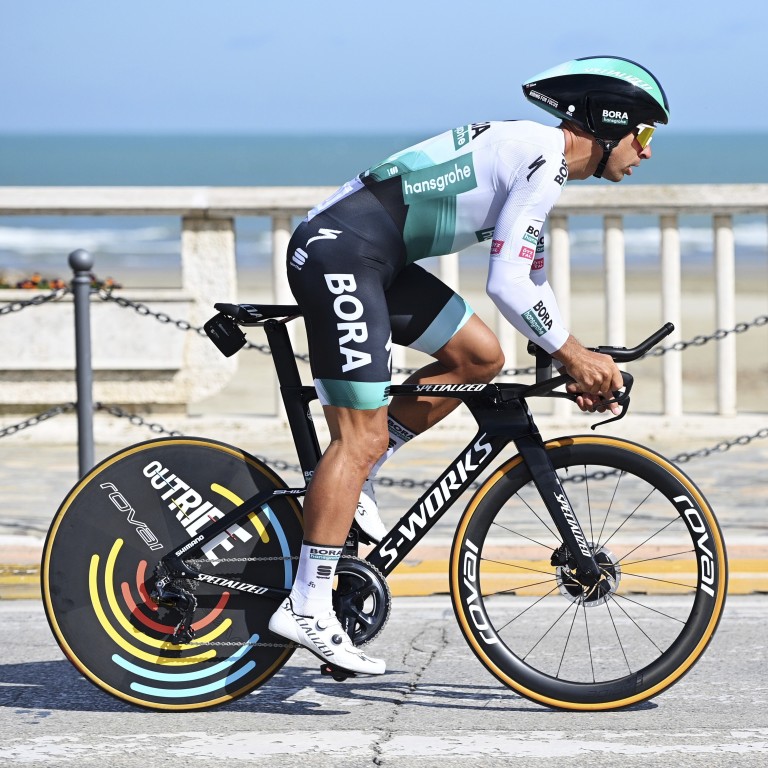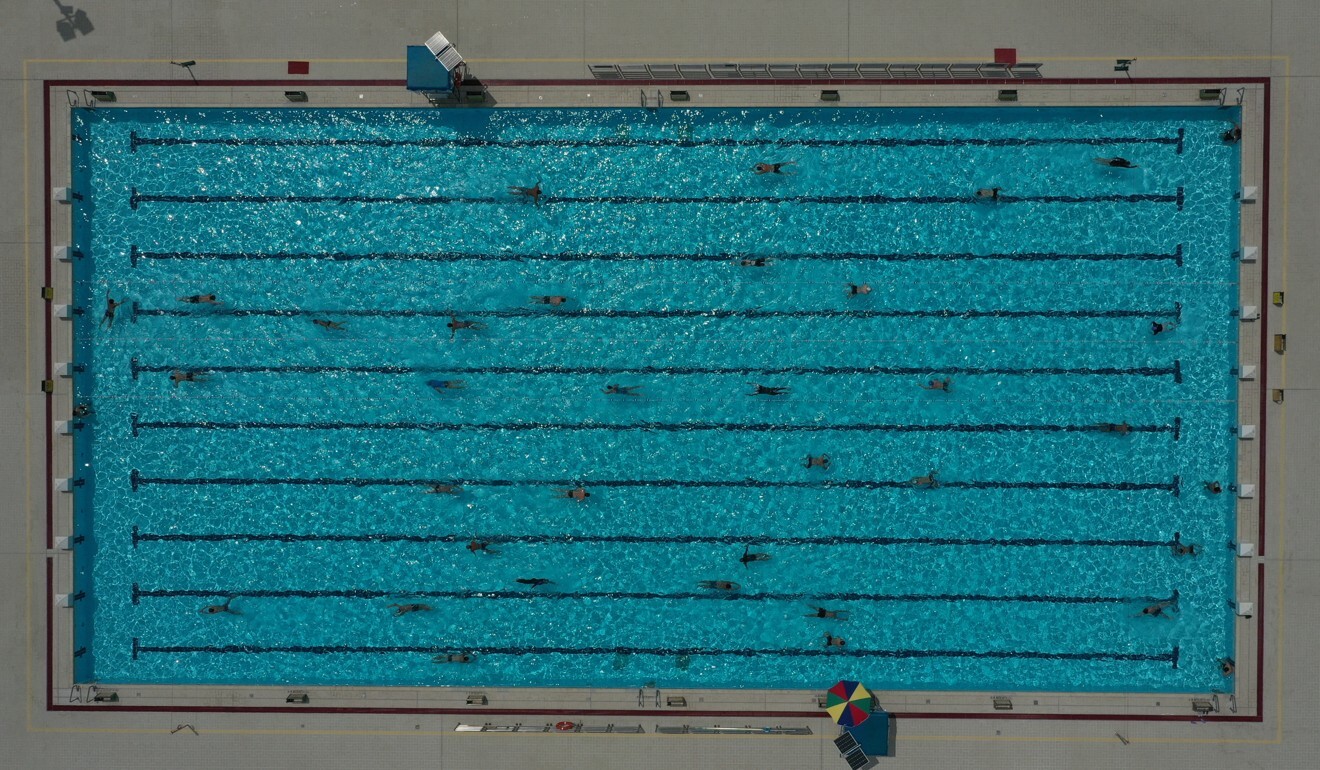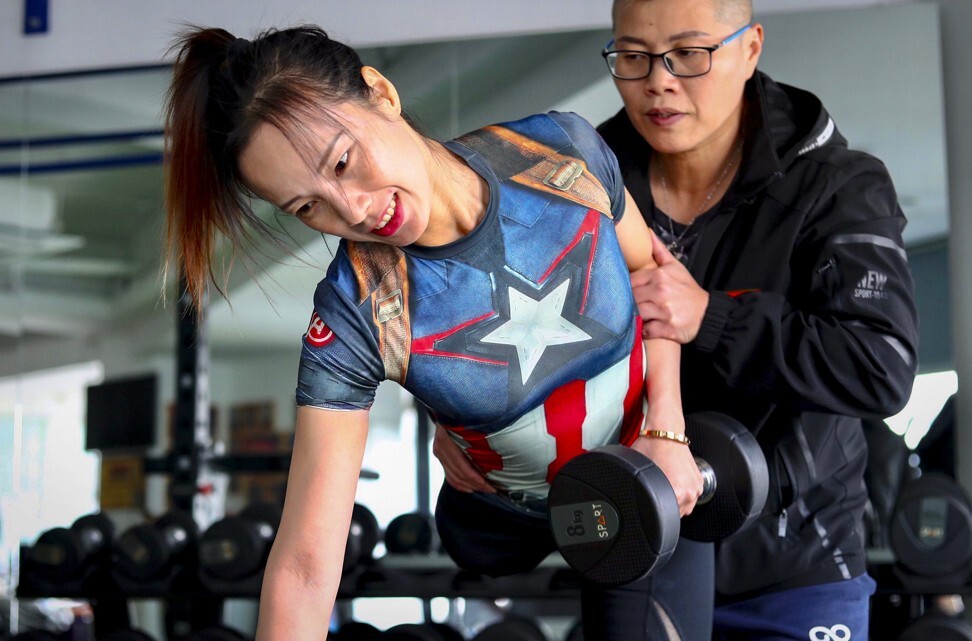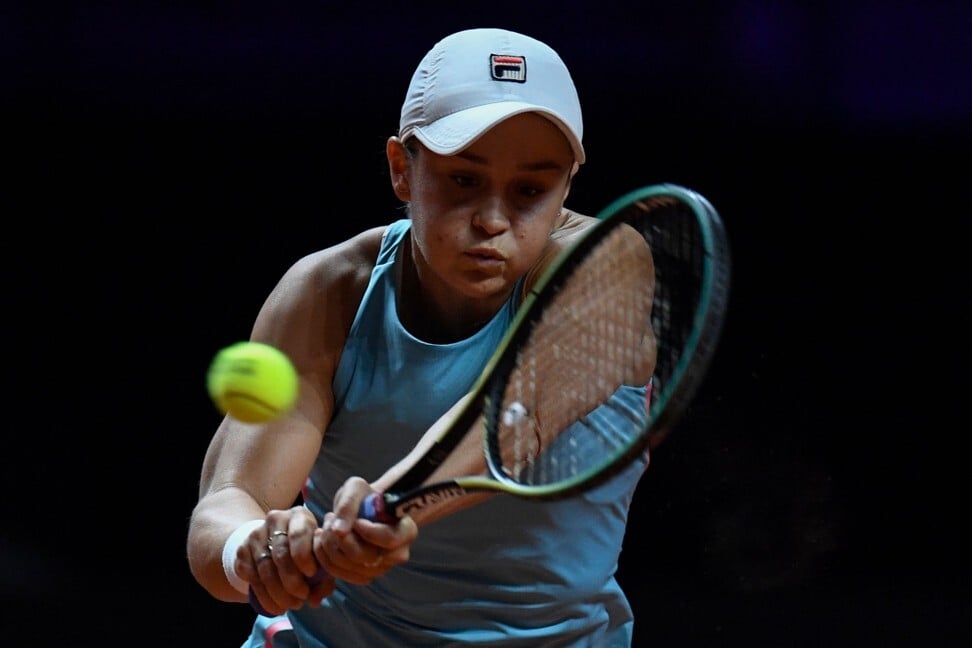
Cross training for runners – why include varied sessions to get fitter, faster and stronger
- Cross training means including sessions that are not directly linked to running, such as cycling or weight training
- A varied programme will offer a number of benefits, not least that it will avoid injury
Building a training plan to become a better runner might sound simple – lots of running. But it can be more complicated than that if you want to get the most out of your sessions and become the best runner possible. This is where cross training comes in.
Cross training is simply training that is not running – a “crossover” to another sport – but one that will benefit your running.
Why cross train?
One of the foremost benefits of cross training is that you can reduce your chance of injury while also getting fitter. Running is a repetitive movement, so the same muscles and tendons bear the load over and over.
How to maintain running technique and form when tired
By cross training, you can still improve your cardiovascular system while simultaneously resting the muscles most associated with running. You keep your volume of training, but reduce your volume of running.
It will also improve your running by strengthen different muscles groups that will ultimately aid your running technique.
How to improve your uphill running
But what are good cross training sessions for runners?
Cycling
Riding a bike employs many of the same muscle groups as running, and allows you to push your cardiovascular system. But as your feet are not taking your weight, and you avoid the pounding of your joints on the track, trail or road, it takes a lot of strain off your body, making it the perfect cross training.
If you climb hills, or work in a high gear, the added resistance will also strengthen your legs and make you faster when running, by improving the drive phase of your stride.
Swimming

Another way to improve your cardiovascular system. Swimming takes all the load of your joints, so can be great recovery while still getting your heart rate up.
Swimming will strengthen your back and core too, which in turn will help your posture while running. A good posture during running makes you more efficient and less prone to injury when you are fatigued.
Walking

Walking employs a lot of the same muscles as running, and will get you used to spending time on your feet, but without the strain of pounding the pavement. Running sessions should include a surprising amount of low intensity sessions, and walking or power walking can fulfil that requirement.
Walking is easy to incorporate into a busy life without carving out a specific training session – walking your dog, walking to work, going for a hike, playing a round of golf or any other walking are all training. Your body does not differentiate if you have decided it is a specific session or not, walking is walking.
Weight training

Weight training is a critical part of a running training plan. It will make you more resilient to injury, able to run faster, improve your posture, improve your uphill running for trail races and your downhill sessions too.
Include single leg weight exercise, core and upper body to improve your running.
Yoga and Pilates

Yoga or Pilates will improve mobility and strength.
Both yoga and Pilates will improve your mobility, making you a more efficient running, and less prone to injury. They will also improve your core, helping with your posture too.
Racquet sports

If you can play a game of squash or tennis, it will improve your running. The sudden changes of direction will help your leg muscles and make the more resilient, by working the small stabiliser muscles. It is particular useful for trail running, where the surface is uneven and on which you may twist an ankle.
There are cardio benefits too to running around a court. The twisting motion will improve your core and keep you flexible and mobile, a benefit that is missed in running when you are moving in straight lines.

